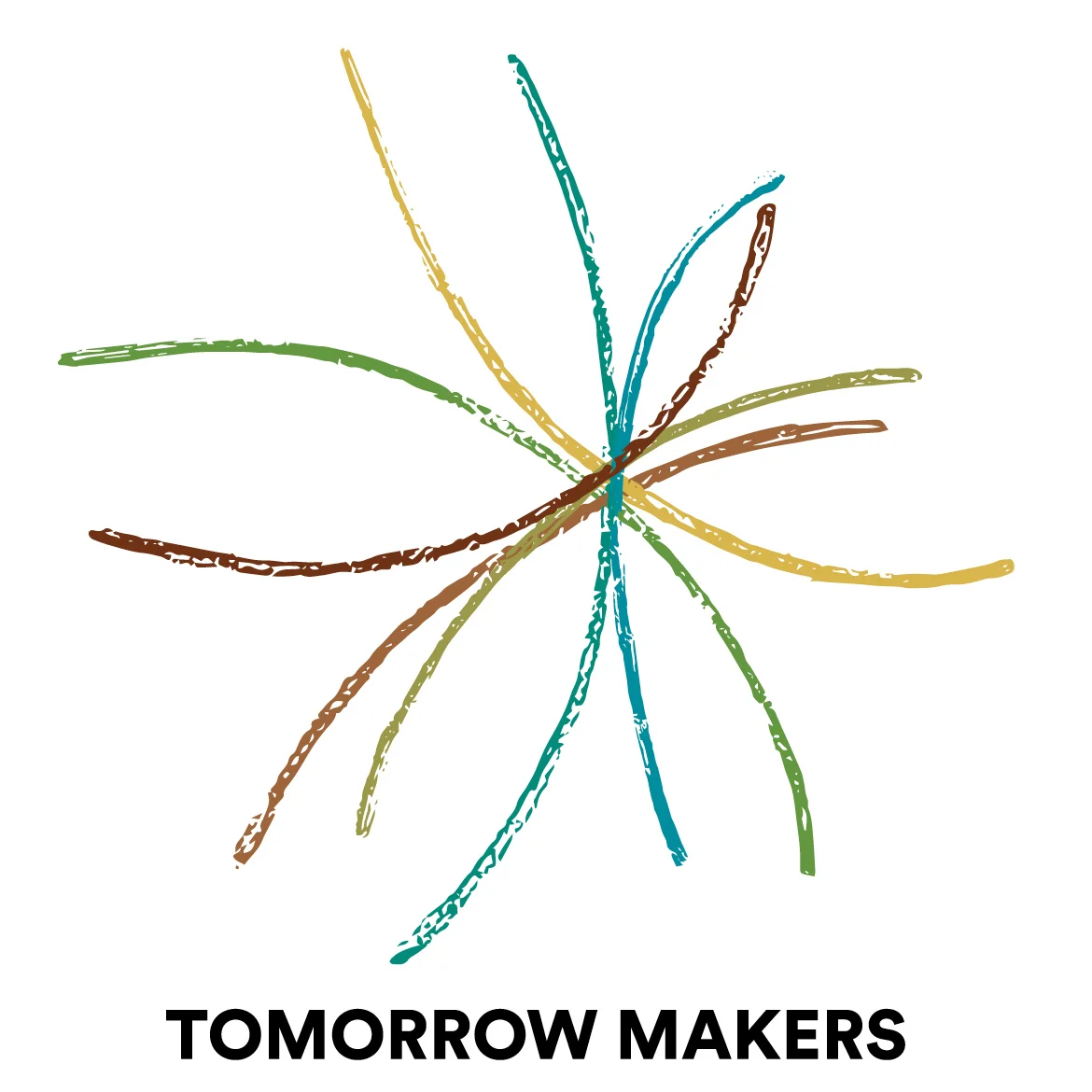Wayfinding, part three
/In which we tie wayfinding and this moment in time together
“What we see changes who we become.” -Peter Morville, Ambient Findability
We believe that there are definite times when shaping the future is more relevant, more urgent, and full of great possibility. This moment in time is just such an era of urgent possibility. The world stands between paradigms: a moment in time between two as of yet, un-reconciled ways of seeing, being and thinking. It is at such times as these that the process of wayfinding is essential.
This moment in time is a Janus moment; a moment in which we see one world receding into the past as another grows bigger on the horizon. One world is familiar, full of habits and memories and certainty. The other, while hopeful, is unknown, unlearned, unpracticed.
As we move through this present, we witness entrenched social and economic frameworks crumbling, no longer able to support themselves in a sustainable or ethical manner. Assumptions about power and control have been usurped by reality. Mechanisms for regulation have become dysfunctional, destroying our planet. Trust, a primary ingredient in resilient social and economic systems, is all but gone. We can no longer count on the rules and ways of this paradigm to transition humankind to a new way of thinking, working, socializing and valuing.
Thankfully, and naturally, while one paradigm has been busy dying, another is busy being born. It is immature in its ways, seeking footholds and processes that will establish new patterns and ways of thinking and being.
Our name for this emerging paradigm is Panarchy. A little research on this word revealed that it has been around a long time. We have given the emerging paradigm this name simply because Pan connotes all and -archy leader, together speaking to the idea that for the first time, each of us can take an active role in helping to shape our combined future. Collective individual power and influence is becoming requisite with the power of governments, corporations, and institutions. Humanity is engaging each other and the world around us with tools and intellect that give each of us abilities to radically impact the state of this world, no matter our title, position, culture, or inheritance. Old forms of control are giving way to community stewardship and sapient leadership. With the help of the Internet and tools utilizing it, “We the people” are becoming a new form of super power, making it possible to release the dormant creativity of the whole and come to know each other and see our world in powerful new ways.
Thomas Kuhn, in his classic book about paradigms, The Structure of Scientific Revolutions, reminds us that a new paradigm is always more inclusive and potentially better than the one that it is replacing. The new one reframes the old and enables a new way of seeing. It normalizes what was once thought eccentric or non-useful. In the reframing, a new coherence forms, helping once very separate ideas come together and forge a synergy in new understandings that would be impossible without this coherence.
Yet, completing the transition of paradigms peacefully, inclusively and systemically remains a tremendous challenge. Bucky Fuller said, “I think that we are in some kind of final examination as to whether human beings now, with this capability to acquire information and to communicate, whether we're really qualified to take on the responsibility we're designed to be entrusted with.” The kinds of leadership that have dominated our organizations and cultures over the past century are failing. They cannot be entrusted to create anew... to help us step up individually or collectively and pass this challenging examination.
What kind of leadership and processes are emerging to help find the way forward? How do we insure the promise of Kuhn to escape to a higher order? By what means can nodes be connected, space be oriented and sense be made? This is the quest of evolutionary leadership in the form of wayfinders.
